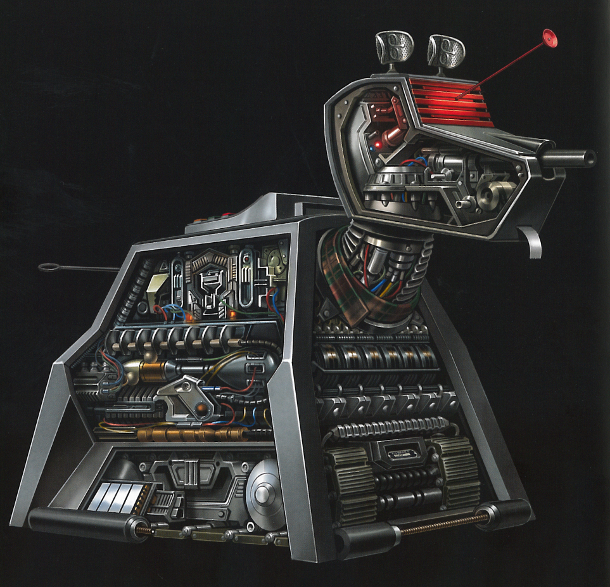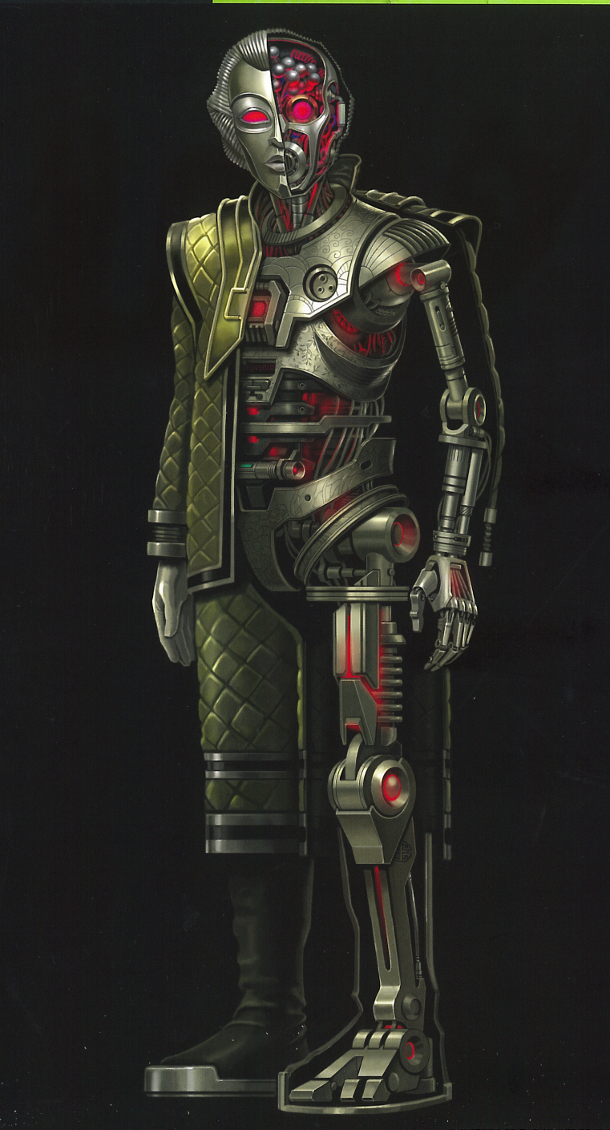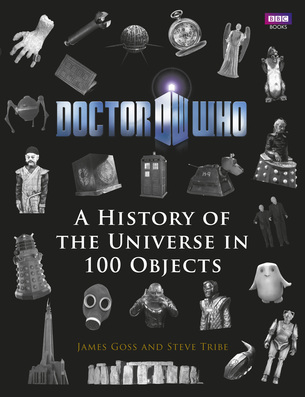Why you can trust GamesRadar+
Is there anything left to be written about Doctor Who ? Sometimes, nowadays, one wonders. But A History Of The Universe... proves that if you can find an unusual angle to come at it from you can still produce something hugely entertaining, which feels fresh even when it’s covering old ground.
Admittedly, the high-concept here is shamelessly pinched, from 2011’s hit radio series/exhibition/ book A History Of The World In 100 Objects , a team-up between the BBC and the British Museum. It takes a similar approach, using 100 items (chronologically arranged), to present a timeline of the Whoniverse.
The writing manages an impressive balancing act, conveying a vast amount of information – not only arcane trivia about the Doctor’s fictional world, but the real universe – while sugarcoating the pill with humour. You may be surprised to find you’re actually learning something as, for example, a discussion of the Doctor’s love of the fez segues into a history of the hat, or an entry on the Peking Homunculus from Tom Baker classic “The Talons Of Weng-Chiang" goes on to discuss music hall, ventriloquism, and the trope of “sinister Orientals”.
[VAMS id="1845PVT1T5qfr"]
It’s illustrated not only with stills and screengrabs, but also lashings of original art by Who concept designer Peter McKinstry. He’s at his best when it comes to the more technical subjects, producing gorgeously intricate cross-sections of things like the Yeti, K-9 and the Sandminer robots from "The Robots Of Death" (see below)... although the art is a little less accomplished when it comes to organic subjects like the Adipose and the giant Ood Brain.
It’s a thoroughly charming approach: freewheeling, surprising and quite rightly unapologetic about the fact that it's not all-encompassing. There are some amusingly offbeat selections, though, sure to tickle fans - such as “Guy Crayford’s eyepatch”, a notoriously risible element of 1975 story “The Android Invasion”. The definition of “object” is arguably a little too elastic, though, cheekily stretching as it does to cover beings, buildings and races like The Face Of Boe, Gallifrey and the Cybermen, as well as more logical choices like the gas mask, the sink plunger and The Master’s Tissue Compression Eliminator.
Most of the 100 sections are accompanied by a quirky boxout or two, from ”33 uses for a scarf” and “13 uses for a Dalek manipulator arm” to a run-down of every time anyone’s ever smoked in the series. Anyone who loves a good list will be in hog heaven.


Ian Berriman twitter.com/ianberriman
Read our review of The Comic Strip Companion: The Unofficial And Unauthorised Guide To Doctor Who in Comics, 1964-1979 .
Read more of our book reviews .
Ian Berriman has been working for SFX – the world's leading sci-fi, fantasy and horror magazine – since March 2002. He's also a regular writer for Electronic Sound. Other publications he's contributed to include Total Film, When Saturday Comes, Retro Pop, Horrorville, and What DVD. A life-long Doctor Who fan, he's also a supporter of Hull City, and live-tweets along to BBC Four's Top Of The Pops repeats from his @TOTPFacts account.



